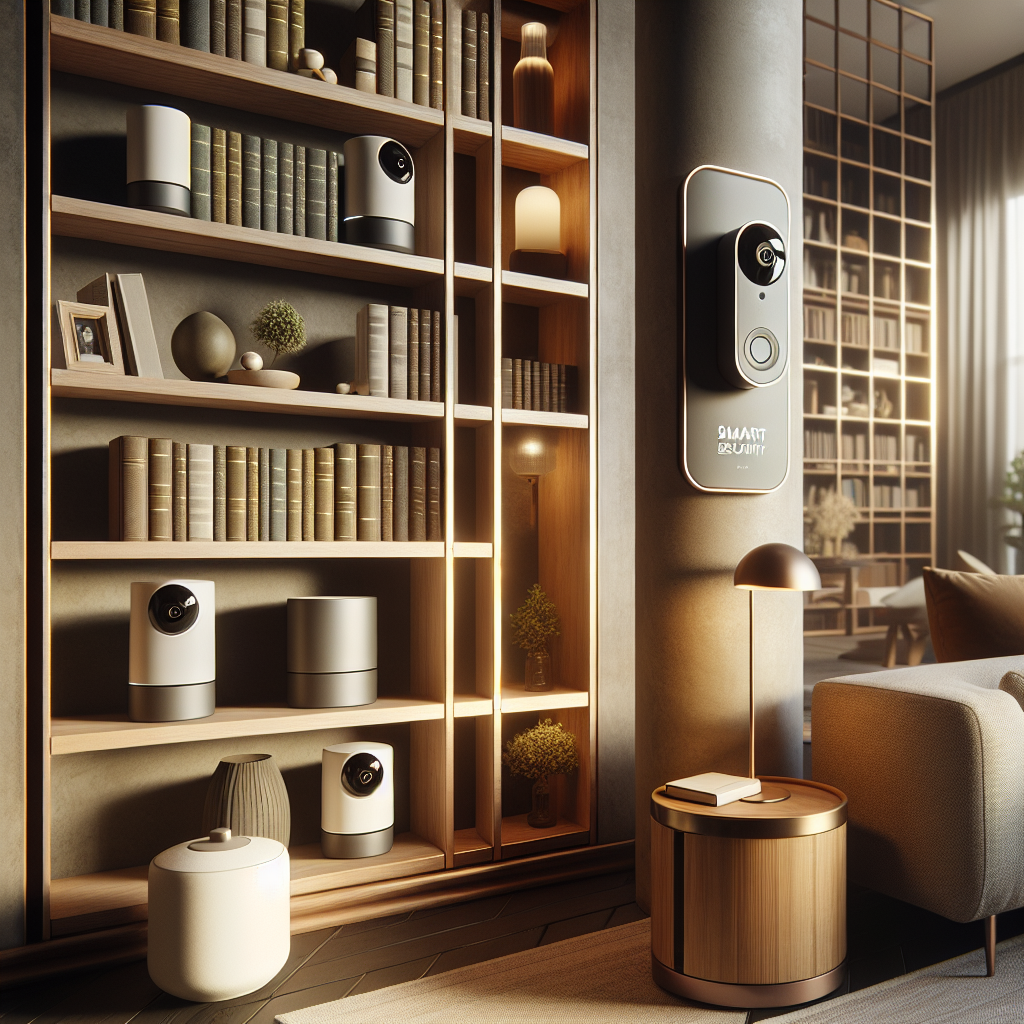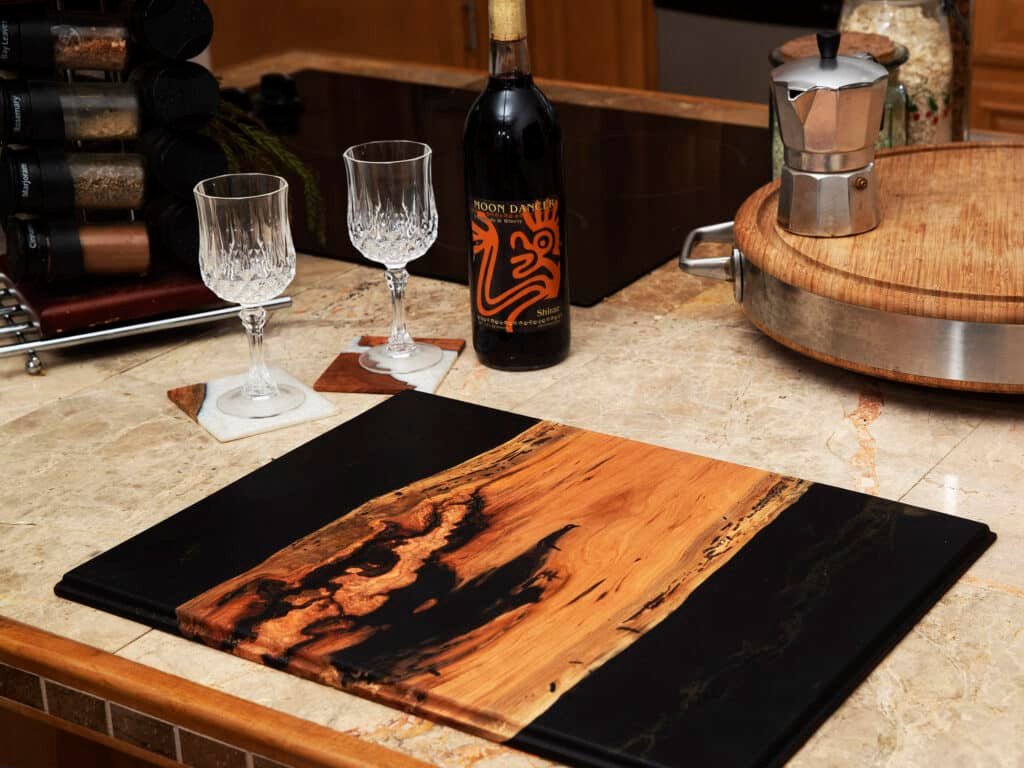Staging your home effectively is crucial when it comes to making a lasting impression on potential buyers. By showcasing your property in its best light, you can significantly increase its appeal and expedite the selling process. In this guide, we’ll explore proven staging strategies that work, helping you transform your home into an irresistible haven for buyers.
1. Declutter and Depersonalize
Before diving into the staging process, decluttering and depersonalizing your home is essential. Remove personal items, family photos, and excessive decor to create a neutral canvas that allows buyers to envision themselves living in the space. Clearing clutter also makes rooms appear larger and more inviting.
2. Focus on Curb Appeal
First impressions matter, so don’t neglect the exterior of your home. Enhance curb appeal by maintaining a tidy lawn, trimming bushes, and adding colorful flowers or potted plants. Repair any exterior damage, such as chipped paint or cracked walkways, to create a welcoming entrance for potential buyers.
3. Highlight Key Features
Identify the unique selling points of your home and highlight them during the staging process. Whether it’s a cozy fireplace, architectural details, or stunning views, draw attention to these features by arranging furniture and decor to showcase them effectively. Create focal points in each room to captivate buyers’ attention.
4. Opt for Neutral Decor
Neutral decor is universally appealing and allows buyers to envision their own style in the space. Choose neutral paint colors, such as soft whites, grays, or beige, and incorporate neutral furnishings and accessories throughout your home. Avoid bold colors or patterns that may distract or deter potential buyers.
5. Maximize Natural Light
Bright, well-lit spaces feel more inviting and spacious, so maximize natural light whenever possible. Remove heavy drapes or curtains that block sunlight, trim bushes or trees outside windows, and strategically place mirrors to reflect light and brighten rooms. Consider adding additional lighting fixtures to enhance illumination, especially in darker areas.
6. Create Inviting Spaces
Arrange furniture and decor to create inviting spaces that encourage relaxation and socializing. Arrange seating areas around focal points, such as a fireplace or picturesque window, and add cozy throws, pillows, and rugs to create warmth and comfort. Incorporate tasteful accessories, such as artwork and decorative accents, to add personality without overwhelming the space.
7. Stage Each Room Purposefully
Every room in your home should have a clear purpose and function. Stage each room purposefully to highlight its potential and appeal to buyers’ needs. Transform unused spaces, such as a spare room or nook, into functional areas, such as a home office or reading corner, to demonstrate versatility and value.
8. Keep it Clean and Tidy
Finally, maintain a clean and tidy home throughout the selling process. Regularly clean and dust surfaces, vacuum carpets, and mop floors to ensure that your home sparkles for potential buyers. Pay attention to details, such as kitchen appliances, bathroom fixtures, and windows, to leave a lasting impression of cleanliness and care.
Conclusion
By implementing these staging strategies, you can elevate your home’s appeal and increase its attractiveness to potential buyers. From decluttering and depersonalizing to highlighting key features and creating inviting spaces, these proven techniques will help you showcase your property in its best light. Whether you’re preparing to sell your home or working with a real estate professional, effective staging can make all the difference in achieving a successful sale.



